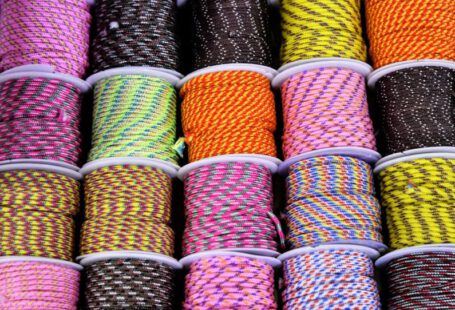Shoes have played a crucial role in historical battles throughout the centuries, often being the unsung heroes of warfare. While armor, weapons, and tactics have been extensively studied in military history, the significance of footwear in combat situations is often overlooked. The type of shoes worn by soldiers could greatly impact their performance on the battlefield, influencing their speed, agility, and overall combat effectiveness. From ancient times to modern conflicts, the role of shoes in historical battles has been a fascinating aspect of military history that deserves closer examination.
The Evolution of Battle Footwear
Footwear has evolved significantly over the course of history, reflecting changes in warfare, technology, and societal norms. In ancient times, soldiers often fought barefoot or wore simple sandals made of leather or other materials. These rudimentary shoes provided little protection and offered limited support on rugged terrain. As military tactics became more sophisticated and armies grew in size, the need for more durable and functional footwear became apparent.
During the Middle Ages, armored knights wore metal boots or sabatons to protect their feet in battle. These heavy and cumbersome shoes provided excellent protection but hindered mobility, making it difficult for knights to move quickly on the battlefield. In contrast, lighter infantry troops often wore simple leather boots or shoes that allowed for greater agility and speed in combat.
The Role of Shoes in Mobility
One of the key factors that determined the outcome of many battles throughout history was the speed and agility of the soldiers involved. The type of shoes worn by troops could have a significant impact on their ability to maneuver quickly and effectively on the battlefield. In ancient times, armies that fought barefoot or in inadequate footwear were at a distinct disadvantage against enemies wearing more suitable shoes.
For example, the Roman legions were known for their sturdy caligae, a type of sandal with thick soles and leather straps that provided excellent grip and protection on various terrains. The caligae allowed Roman soldiers to march long distances quickly and engage in combat with agility and precision, giving them a significant advantage over less well-equipped adversaries.
In more recent history, the importance of footwear in military operations was highlighted during World War II. Soldiers on both sides of the conflict relied on sturdy combat boots that provided support and protection in harsh combat conditions. The design of these boots evolved over the course of the war to meet the specific needs of soldiers in different theaters of operation, from the frigid landscapes of the Eastern Front to the tropical jungles of the Pacific.
The Psychological Impact of Footwear
In addition to their practical benefits, shoes also had a psychological impact on soldiers in historical battles. Wearing well-made, comfortable footwear could boost morale and instill confidence in troops, while inadequate or poorly fitting shoes could lead to discomfort and distraction on the battlefield. Commanders throughout history understood the importance of ensuring that their troops were properly equipped, including having appropriate footwear for the rigors of combat.
During the American Civil War, for example, soldiers on both sides often went into battle wearing worn-out shoes or even marching barefoot due to inadequate supply lines. This lack of proper footwear not only caused physical discomfort and injury but also had a demoralizing effect on the troops, reducing their effectiveness in combat.
The Legacy of Battle Footwear
The legacy of shoes in historical battles continues to influence military strategy and equipment to this day. Modern military forces place a high priority on providing soldiers with the best possible footwear for combat operations, taking into account factors such as comfort, durability, and performance in various environments. Advances in materials and technology have led to the development of specialized combat boots that offer superior protection and support for troops in the field.
As we look back on the role of shoes in historical battles, it becomes clear that footwear has been an essential element of warfare throughout the ages. From ancient sandals to modern combat boots, the evolution of battle footwear reflects the changing nature of warfare and the importance of equipping soldiers with the tools they need to succeed on the battlefield. By studying the impact of shoes in historical conflicts, we gain a deeper understanding of the intricate relationship between footwear and military history.





